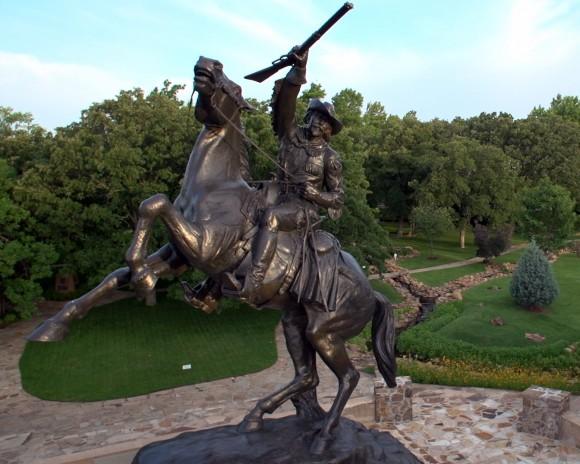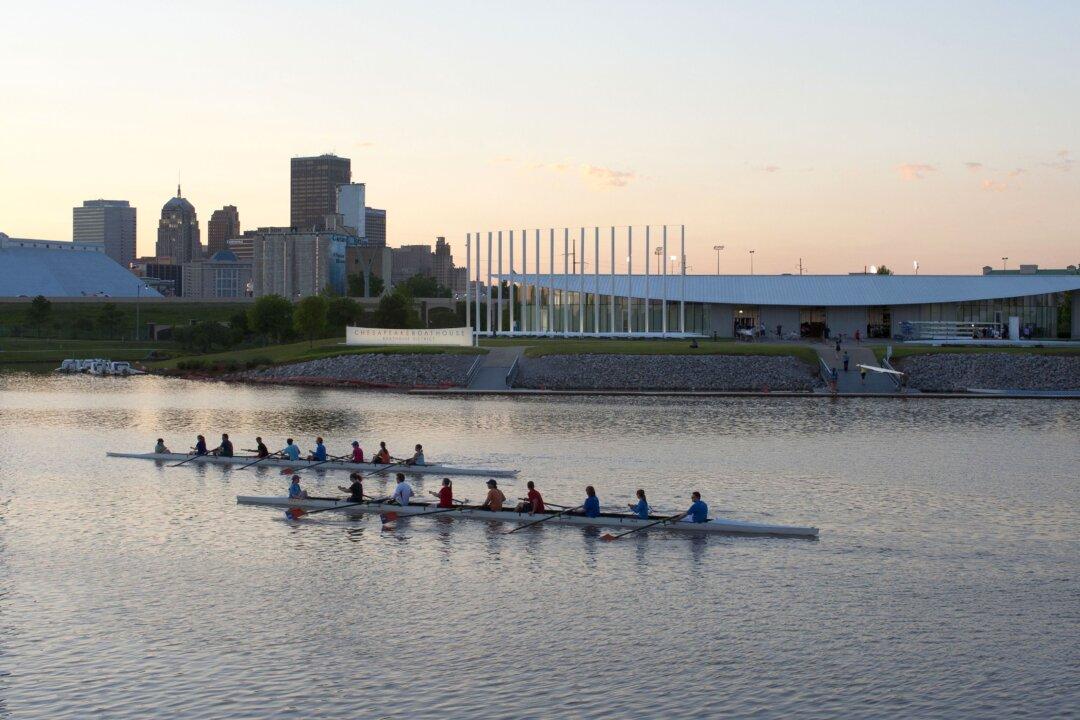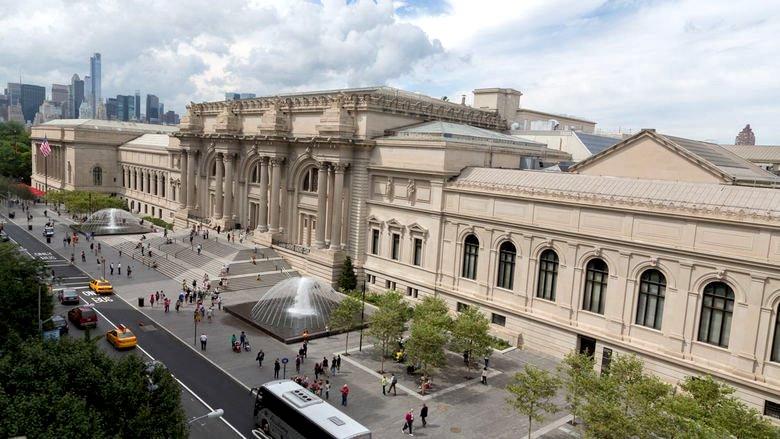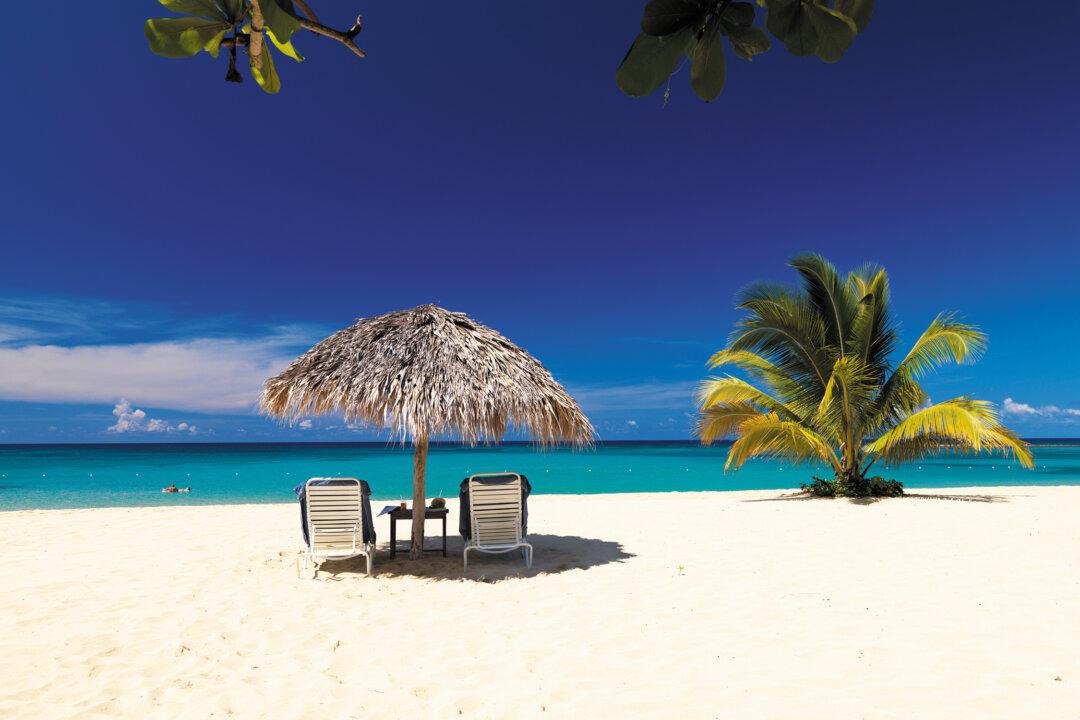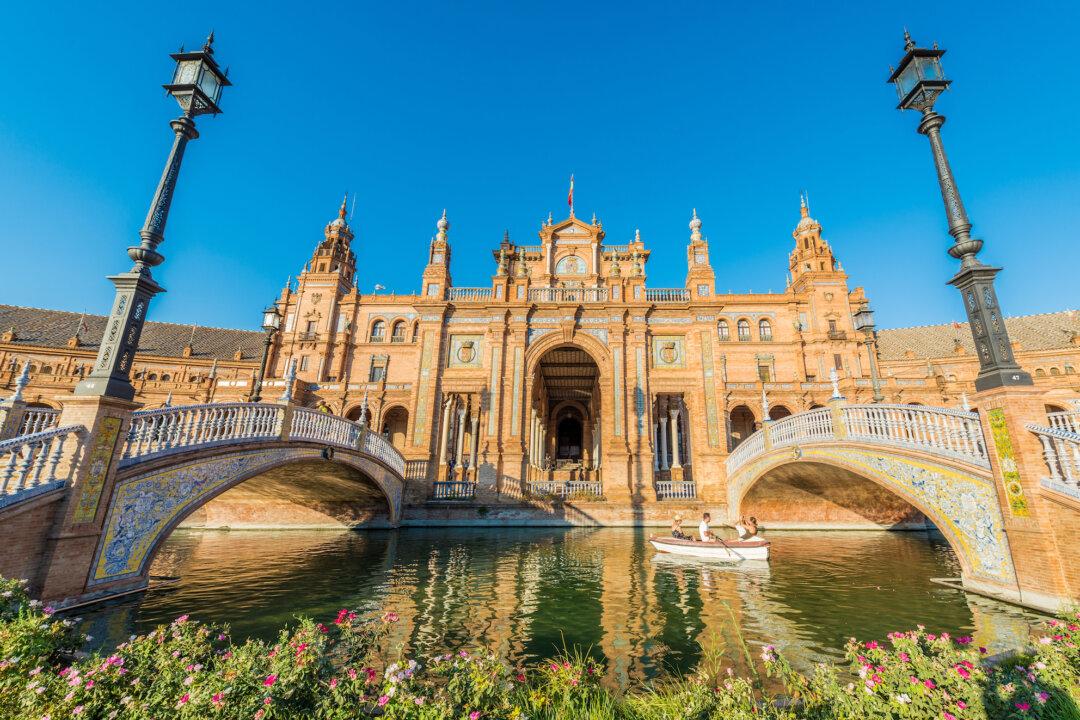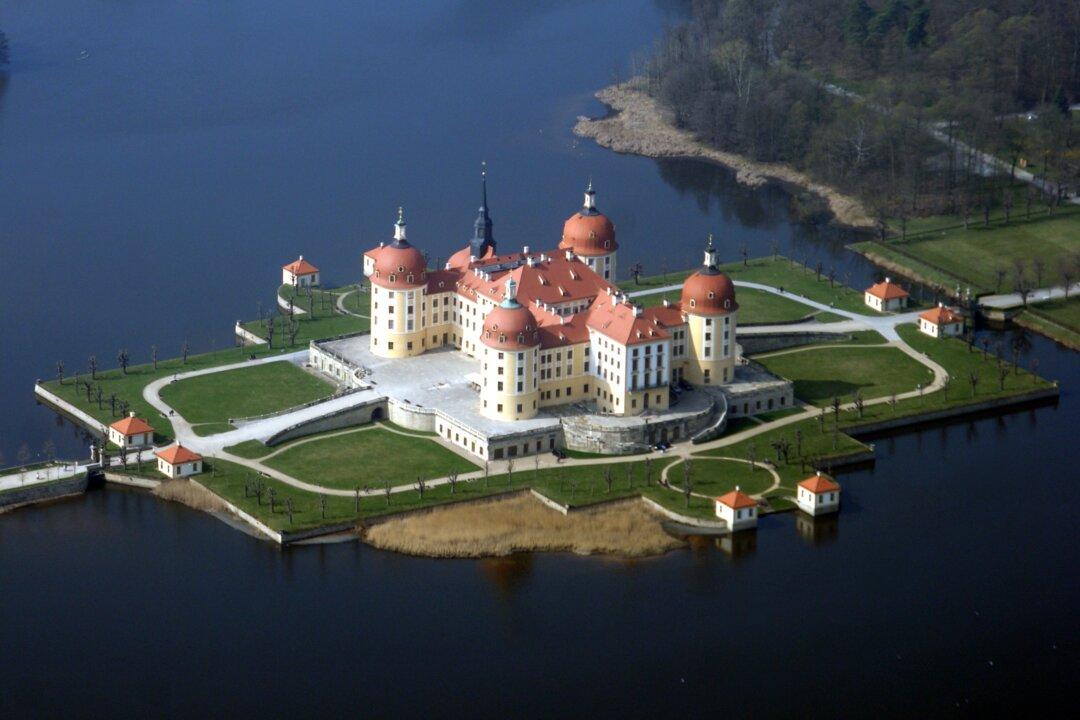Being a city kid who grew up in Manhattan, I have a weakness for cowboy boots. When I found out that Oklahoma is as much of a cowboy state as Texas, although not as highly ranked on everyone’s bucket list, I knew I had to check out this Midwestern state.
Luckily, an invitation to visit Oklahoma City came my way for the opening of Tru, Hilton Hotel’s 5,000th property. Tru is a new midscale lodging alternative for younger travelers used to hanging out in a centrally located, communal environment while they surf the net or network with colleagues. Before you could say “giddy up” I was heading to the airport with the rousing lyrics from Rogers and Hammerstein’s musical “Oklahoma!” swirling in my head.
Oklahoma City has more sights and attractions than I had imagined, one being Stockyards City, a district featuring all things Western including live weekly cattle auctions, delicious steak, shopping, and live music.
A must-see is the National Cowboy and Western Heritage Museum, which immortalizes Buffalo Bill, America’s iconic Wild West character. The museum has 28,000 Western and American Indian art works and artifacts, as well as the world’s most extensive collection of rodeo photographs, barbed wire, saddlery, and early rodeo trophies.
I learned that Oklahoma was set aside for the exclusive use of Indians and was called Indian Territory before it became a state. In 1889, the land was opened to settlers in what became known as the Oklahoma Land Rush, and on opening day, April 22, 1889, 50,000 people swarmed into the area to settle. The Buffalo Bill statue that was installed in 1977 on the southeast ridge of Persimmon Hill serves as a tribute to the spirit of the West and to the man who embodied this spirit.
